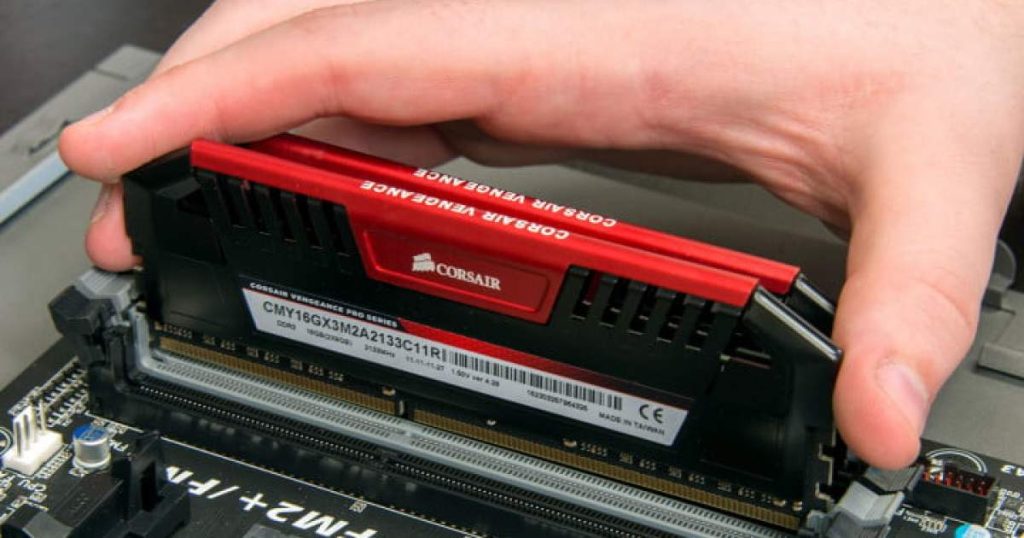Random-access memory, or RAM, is a crucial component found in everything from desktop computers to smartphones. RAM serves as a high-speed, short-term storage solution that provides quick access to important information for applications, games, and the operating system. This eliminates the need to retrieve data from slower storage options, such as hard drives and SSDs.
There are various types of RAM available, with factors like type, model, generation, and capacity influencing RAM speed and pricing. Whether you need assistance with RAM installation or determining the right amount of RAM for your needs, we have guides to help you with that as well.
What is RAM, and what does it do?
RAM functions as a device’s short-term memory, storing information for quick access by the CPU, graphics card, or other components. It enables faster retrieval of data without relying on slower storage devices like hard drives or SSDs. RAM retains data until the program is shut down or the device is restarted, after which it is cleared for new data.
Similar to a CPU cache, RAM reduces the need for fetching data from slower storage, enhancing overall system performance.
What are the different types of RAM?
The most common type of desktop RAM is DDR4, with older systems using DDR3 or DDR2, and the latest systems adopting DDR5. Different platforms like laptops and smartphones use LPDDR memory, available in generations like LPDDR4 and LPDDR5X. VRAM is dedicated memory on graphics cards, with GDDR6 and GDDR6X being common options.
When it comes to RAM, understanding the generation and type is essential for compatibility and performance optimization.
How much RAM do you need?

Modern PCs typically require between 4GB to 16GB of RAM for optimal performance, with 8GB being a common minimum for Windows systems. Gaming PCs often benefit from 16GB or even 32GB, especially for demanding AAA titles or video editing tasks.
Having adequate RAM is crucial for multitasking and system efficiency, and the right balance between capacity and speed is necessary for maximizing performance.
Do you need fast RAM?
RAM speed, measured in megahertz, plays a significant role in data handling efficiency. Higher-speed DDR4 and DDR5 memory offer improved bandwidth, enhancing system responsiveness. While timings and latency also impact performance, they are less critical for average consumers.
Understanding RAM speeds and considering your specific requirements can help you choose the right memory for your system.
What are RAM channels?
Memory sticks supporting dual-channel memory architecture provide enhanced data transfer rates between RAM and the CPU. For optimal dual-channel performance, ensure correct installation in designated slots on the motherboard. Triple- and quad-channel memory options are available for advanced workstations and servers.
Can you get more RAM without upgrading?
Increasing system memory requires physical installation of additional RAM modules; software solutions claiming to add RAM are inaccurate. Managing background applications and startup programs can help optimize memory usage in your PC.
How to install RAM?
If you’re ready to install RAM yourself, refer to our comprehensive guide on building a computer for step-by-step instructions.


